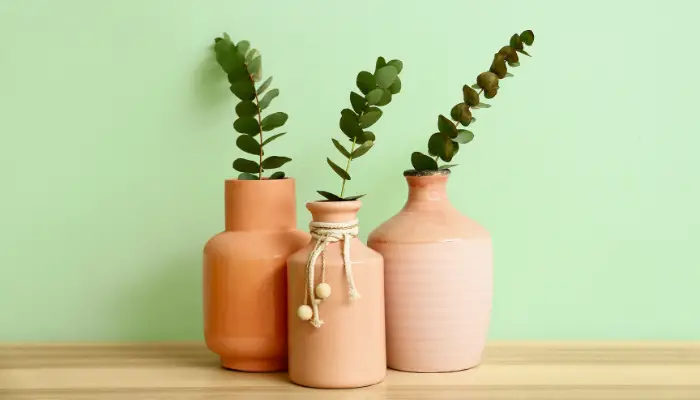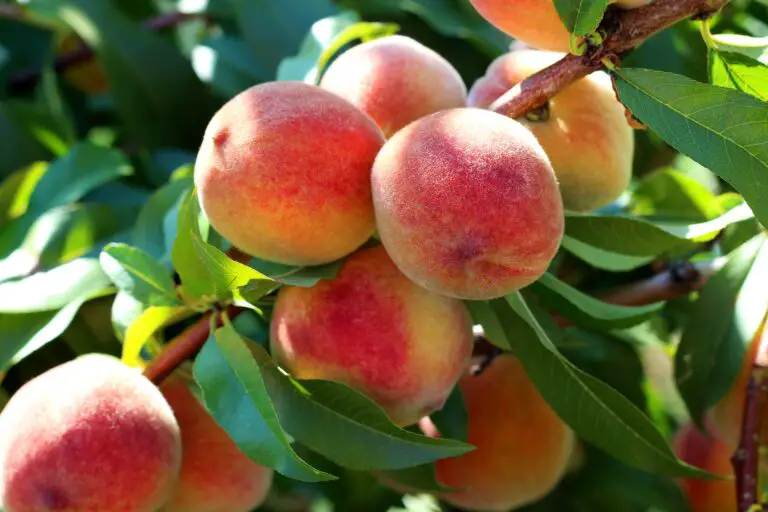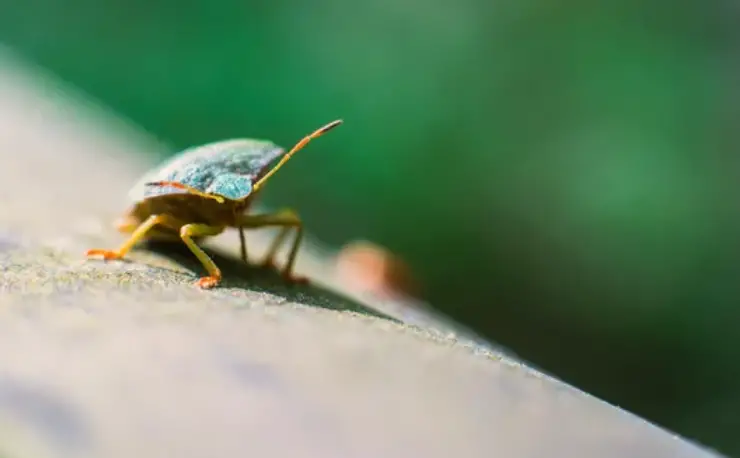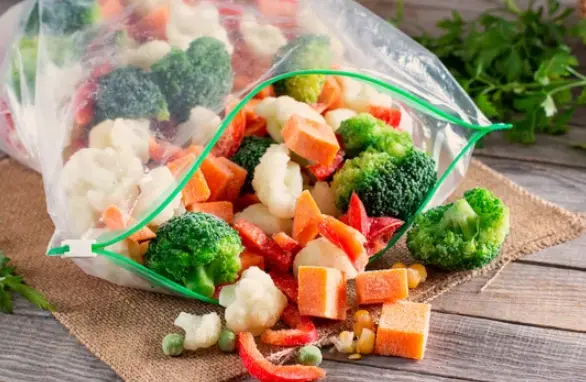What Do Peas Look Like When They Sprout?
When it comes to gardening, watching seeds sprout and grow into plants can be a rewarding experience. If you’re new to gardening, you may be wondering what peas look like when they sprout. Peas are a popular plant to grow, and they are relatively easy to care for.
Pea sprouts are the first sign of growth from a pea seed. They typically emerge from the soil within 7-10 days after planting, depending on the variety and growing conditions. Pea sprouts are thin and delicate, with two small leaves and a thin stem. As they continue to grow, they develop more leaves and a thicker stem.
It’s important to keep the soil moist while the peas are sprouting, as this will help them grow properly. If the soil dries out, the seeds may not germinate or the sprouts may die. Once the pea sprouts have emerged, you can continue to care for them by watering them regularly and providing them with enough sunlight.
Basic Definition of Sprouting

When a seed begins to germinate and grow into a young plant, it is said to be sprouting. During this process, the seed absorbs water and swells, causing the outer layer to split open. This allows the young plant to emerge and grow.
Sprouting is a natural process that occurs when seeds are exposed to the right conditions, such as moisture, warmth, and air. It is a common practice among gardeners and health enthusiasts who want to grow their own fresh, nutrient-rich sprouts at home.
Sprouting is not limited to any specific type of seed. In fact, many different types of seeds can be sprouted, including legumes, grains, nuts, and even some vegetables. However, for the purpose of this article, we will be focusing specifically on the sprouting of pea seeds.
Pea seeds are a popular choice for sprouting because they are easy to grow, and they produce a tasty and nutritious sprout. When pea seeds sprout, they develop a small root and a shoot, which eventually grows into a young pea plant. The sprout is typically harvested when it is still young and tender, usually after a few days of growth.
The Sprouting Process of Peas

When you plant peas, the first step in the sprouting process is germination. Germination is when the seed takes root and sends out a vertical shoot, which begins the process of photosynthesis. Peas typically take 3-7 days to sprout, depending on the variety and the conditions in which they are grown. For gardeners wanting to sprout peas in their own garden, the process is simple.
To sprout peas, you will need to prepare the soil by loosening it with a garden fork or tiller. The soil should be moist but not waterlogged. Plant the seeds about 2 inches apart and 1 inch deep. Cover the seeds with soil and water gently.
Once the seeds are planted, they will begin to germinate. The first sign of sprouting will be a small white shoot emerging from the soil. As the shoot grows, it will develop two cotyledons, which are the first leaves of the pea plant. These leaves are rounded and may be slightly folded or crinkled.
As the pea plant continues to grow, it will develop true leaves, which are more elongated and pointed than the cotyledons. The stem will also begin to elongate, and the plant will grow taller. Eventually, the pea plant will begin to produce flowers, which will eventually turn into pods containing peas.
In conclusion, the sprouting process of peas is a simple and rewarding process for gardeners. By following the proper planting techniques and providing the right growing conditions, you can enjoy a bountiful harvest of fresh, delicious peas.
Visual Characteristics of Sprouting Peas
When growing peas, it’s important to know what to expect during each stage of growth. Here are the visual characteristics of sprouting peas at each stage:
Initial Growth Stage
During the initial growth stage of sprouting peas, you will notice small white roots emerging from the seeds. These roots will continue to grow and spread out as the pea plant develops. At this stage, the seeds will also start to split open, revealing the first signs of green shoots. The shoots will be very small and delicate, and may be difficult to see at first.
Mid-Growth Stage
As the pea plants continue to grow, the shoots will become more visible and start to develop leaves. The leaves will be small and may appear slightly yellowish at first, but will quickly turn green as they mature. At this stage, the roots will also continue to grow and become more established in the soil. The pea plants will start to look more like traditional plants, with a stem, leaves, and roots.
Full Growth Stage
At full growth stage, the pea plants will be fully developed and ready to harvest. The plants will be several inches tall and will have multiple stems and leaves. The leaves will be a vibrant green color and the stems will be sturdy and strong. The pea pods will also be fully developed, and will be filled with mature peas ready for harvest.
In summary, sprouting peas go through three main stages of growth: initial, mid-growth, and full growth. During each stage, you can expect to see different visual characteristics as the plants develop and mature. By understanding these stages, you can better care for your pea plants and ensure a successful harvest.
Factors Affecting Pea Sprouting
When it comes to sprouting peas, there are several factors that can affect the success of the process. Here are some key factors to keep in mind:
Temperature
Peas require a specific temperature range for optimal sprouting. If the temperature is too low, sprouting may be slow or may not occur at all. On the other hand, if the temperature is too high, the peas may sprout too quickly and become too leggy or weak.
The ideal temperature range for pea sprouting is between 60°F and 70°F (15.5°C and 21°C). If the temperature drops below this range, you may need to use a heating pad or other heat source to maintain the right temperature.
Moisture
Peas need to be kept moist during the sprouting process. If they dry out, they may not sprout or may die before they can fully develop.
To ensure that your peas stay moist, you should rinse them with water several times a day. You can use a sprouting jar or other container with a mesh lid to make rinsing easier.
Light Exposure
Peas do not need light to sprout, but they do need some light exposure to develop healthy leaves and stems. If your peas are not getting enough light, they may become weak or leggy.
You can provide your peas with light by placing them near a window or other source of natural light. If you are sprouting peas indoors, you may need to use a grow light to ensure they get enough light exposure.
By keeping these factors in mind, you can increase your chances of successfully sprouting peas. Remember to monitor the temperature, moisture, and light exposure to ensure that your peas have the best possible conditions for growth.
Common Misconceptions About Pea Sprouting
When it comes to pea sprouting, there are a few common misconceptions that people have. Here are some of them:
- Pea sprouts are the same as pea shoots. While pea sprouts and pea shoots are both grown from pea seeds, they are not the same thing. Pea sprouts are the young, tender shoots that emerge from the seed, while pea shoots are the more mature growth that emerges after the plant has been growing for a while.
- Pea sprouts are difficult to grow. Growing pea sprouts is actually quite easy, and it doesn’t require any special equipment or expertise. All you need is a jar, some cheesecloth, and some pea seeds. With a little bit of patience and care, you can have fresh, delicious pea sprouts in just a few days.
- You can’t eat the whole pea sprout. While it’s true that the roots of the pea sprout are not edible, you can eat the entire shoot, including the leaves and stem. In fact, pea sprouts are packed with nutrients, including vitamins A, C, and K, as well as iron, calcium, and magnesium.
- Pea sprouts taste like peas. While pea sprouts do have a mild, sweet flavor, they don’t taste exactly like fresh peas. Instead, they have a unique taste that is often described as fresh and slightly nutty.
By understanding these common misconceptions about pea sprouting, you can better appreciate the process of growing and enjoying these delicious and nutritious sprouts.
Summary
If you’re wondering what peas look like when they sprout, you’ve come to the right place. Peas are an easy and rewarding plant to grow, and sprouting peas is a simple process.
Pea sprouts typically take 3-7 days to sprout, depending on the variety and growing conditions. When the pea seed takes root, it sends out a vertical shoot which begins the process of photosynthesis. The stem then develops leaves and flowers. The flowers have male organs called stamen which contain pollen and female organs called styles contain the seed or ovary.
When sweet pea seeds begin to sprout, they will look like small green shoots coming out of the soil. The sweet pea seed coat can be easily nicked by scoring it with a nail cutter. In holes that are about two inches deep, plant seeds. Fill each hole with two to four seeds, and spacing them four to six inches apart.
Pea plants grow in stages, and each stage is important for the plant’s development. Germination and emergence are the first two stages in the life cycle of a pea plant. At temperatures ranging from 65 to 70 F, pea seeds usually sprout within 5 to 14 days. But they could take longer in cold soil. Also, fresh seeds have a higher germination percentage (around 90%) than dry pea seeds at the recommended seeding depth of 1.5 inches.
In conclusion, peas are a great plant to grow and sprouting peas is an easy process. When they sprout, they will look like small green shoots coming out of the soil. Understanding the growth stages of pea plants can help you ensure they grow properly and produce a bountiful harvest.
Frequently Asked Questions
How long does it take for pea sprouts to grow?
Pea sprouts typically take 3-7 days to sprout, depending on the variety and growing conditions. You can grow them indoors or outdoors, and the process is simple. All you need is a jar, some cheesecloth, and some pea seeds.
What are the benefits of eating pea sprouts?
Pea sprouts are a great source of vitamins A, C, and E, as well as iron, calcium, and protein. They are also low in calories and high in fiber, making them a great addition to any diet.
What is the difference between pea sprouts and pea shoots?
Pea sprouts are the young shoots of the pea plant that have just started to grow leaves. Pea shoots, on the other hand, are the more mature leaves and stems of the pea plant that have been allowed to grow for a longer period of time. Both are edible and nutritious.
Can you eat peas that are sprouting?
Yes, you can eat peas that are sprouting. In fact, sprouted peas are even more nutritious than unsprouted peas, as the sprouting process increases the bioavailability of certain nutrients.
How do you sprout peas for eating?
To sprout peas for eating, you will need a jar, some cheesecloth, and some pea seeds. First, rinse the seeds and soak them in water for 8-12 hours. Then, drain the water and place the seeds in the jar. Cover the jar with cheesecloth and secure it with a rubber band. Rinse the seeds with water twice a day and keep them in a warm, dark place. In a few days, you will have fresh, delicious pea sprouts.
What are some tips for growing pea sprouts in a jar?
To grow pea sprouts in a jar, make sure to use fresh, high-quality seeds. Rinse the seeds thoroughly before soaking them, and be sure to change the water at least once during the soaking process. When sprouting, rinse the seeds twice a day and make sure to drain any excess water. Keep the jar in a warm, dark place, and avoid exposing the sprouts to direct sunlight.








